Buy this bird art American Kestrel (Falco sparverius) by Ronald Pol on canvas, ArtFrame, poster and wallpaper, printed on demand in high quality.
About "American Kestrel (Falco sparverius)"
by Ronald Pol
About the artwork
The American Kestrel (Falco sparverius), the smallest falcon species in North America, is a graceful bird of prey with distinctive plumage. It has a compact build, sharp wings, and striking coloration. Males display a blue-gray head and wings, a rusty-red back, and a tail marked with a black band. Females are predominantly brown with streaked patterns.
The American Kestrel is found throughout the Americas, from Canada to the southernmost parts of South America. It thrives in diverse habitats, including grasslands, deserts, agricultural fields, and urban areas.
This falcon primarily feeds on insects, such as grasshoppers and beetles, but also hunts small mammals, birds, and reptiles. It hunts by perching on high vantage points to spot prey or by hovering in mid-air before diving to capture its target.
Territorial by nature, American Kestrels often nest in natural cavities, abandoned woodpecker holes, or artificial nest boxes. They typically lay 3–7 eggs, which are incubated by both parents. The diet of their chicks primarily consists of prey caught by the adults.
Known for their adaptability, American Kestrels have successfully spread across a wide range of environments. Their elegant flight and hunting behavior make them a favorite among bird watchers. In ecosystems, they play a critical role in controlling populations of insects and small animals.
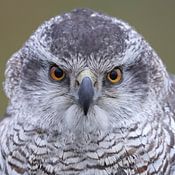
About Ronald Pol
Ronald Pol (1977) is a nature photographer from Deventer, the Netherlands. It was during a trip to Africa that his passion for nature photography started. The main focus is on the photography of animals (portraits and behaviour), but a variety of other subjects are photographed as well... Read more…
 Germany
Germany Ordered in December 2022
Ordered in December 2022
 Netherlands
Netherlands Ordered in April 2023
Ordered in April 2023
 Germany
Germany Ordered in November 2021
Ordered in November 2021
 Netherlands
Netherlands Ordered in May 2024
Ordered in May 2024
 Netherlands
Netherlands Ordered in March 2024
Ordered in March 2024
 Germany
Germany Ordered in December 2021
Ordered in December 2021
 Netherlands
Netherlands Ordered in May 2020
Ordered in May 2020
 Netherlands
Netherlands Ordered in March 2022
Ordered in March 2022
 Netherlands
Netherlands Ordered in August 2017
Ordered in August 2017
 Netherlands
Netherlands Ordered in December 2023
Ordered in December 2023
 Netherlands
Netherlands Ordered in May 2021
Ordered in May 2021
 Netherlands
Netherlands Ordered in December 2023
Ordered in December 2023
About the material
ArtFrame™
Interchangeable Art Prints
- High-quality print
- Easily interchangeable
- Acoustic function
- Large sizes available
Discover the artworks of Ronald Pol
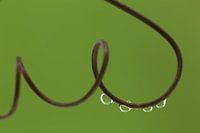 Water drops on the tendril of a Passion FlowerRonald Pol
Water drops on the tendril of a Passion FlowerRonald Pol Thistle against a white backgroundRonald Pol
Thistle against a white backgroundRonald Pol Red-Eyed Tree Frog (Agalychnis callidryas)Ronald Pol
Red-Eyed Tree Frog (Agalychnis callidryas)Ronald Pol Golden Eagle (Aquila chrysaetos)Ronald Pol
Golden Eagle (Aquila chrysaetos)Ronald Pol Pink Calla lily against white backgroundRonald Pol
Pink Calla lily against white backgroundRonald Pol Feathers of a Green PeafowlRonald Pol
Feathers of a Green PeafowlRonald Pol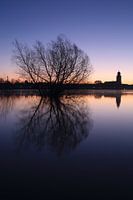 View on Deventer just before sunriseRonald Pol
View on Deventer just before sunriseRonald Pol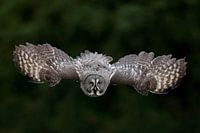 Great Grey Owl (Strix nebulosa)Ronald Pol
Great Grey Owl (Strix nebulosa)Ronald Pol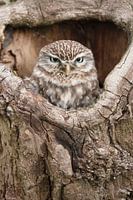 Little Owl (Athene noctua)Ronald Pol
Little Owl (Athene noctua)Ronald Pol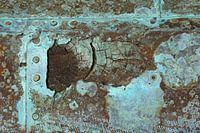 Weathered wood and old copperRonald Pol
Weathered wood and old copperRonald Pol Blue Poison Dart Frog (Dendrobates tinctorius azureus)Ronald Pol
Blue Poison Dart Frog (Dendrobates tinctorius azureus)Ronald Pol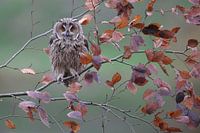 Long-eared Owl (Asio otus)Ronald Pol
Long-eared Owl (Asio otus)Ronald Pol Eurasian Harvest Mouse (Micromys minutus)Ronald Pol
Eurasian Harvest Mouse (Micromys minutus)Ronald Pol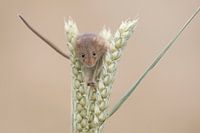 Eurasian Harvest Mouse (Micromys minutus)Ronald Pol
Eurasian Harvest Mouse (Micromys minutus)Ronald Pol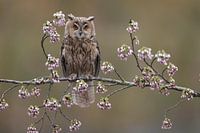 Long-eared Owl (Asio otus)Ronald Pol
Long-eared Owl (Asio otus)Ronald Pol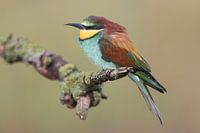 European Bee-eater (Merops apiaster)Ronald Pol
European Bee-eater (Merops apiaster)Ronald Pol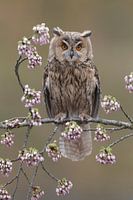 Long-eared Owl (Asio otus)Ronald Pol
Long-eared Owl (Asio otus)Ronald Pol Long-eared Owl (Asio otus)Ronald Pol
Long-eared Owl (Asio otus)Ronald Pol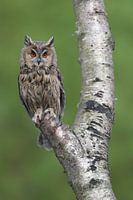 Long-eared Owl (Asio otus)Ronald Pol
Long-eared Owl (Asio otus)Ronald Pol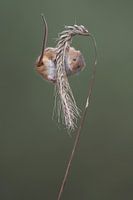 Eurasian Harvest Mouse (Micromys minutus)Ronald Pol
Eurasian Harvest Mouse (Micromys minutus)Ronald Pol
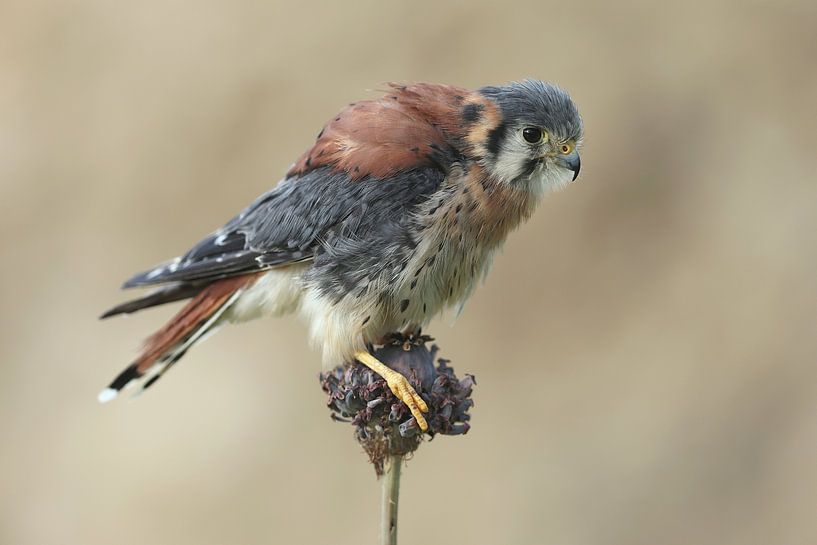











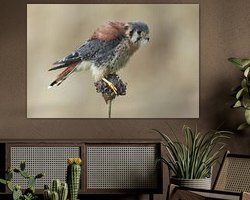
 Animals
Animals Birds
Birds Birds of prey
Birds of prey Elegant Expressions
Elegant Expressions Nature photography
Nature photography North America
North America Photo wallpaper
Photo wallpaper Photography
Photography Portrait
Portrait Predators
Predators Serene Peace
Serene Peace South America
South America









